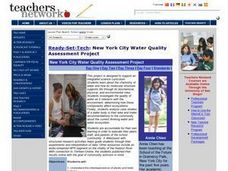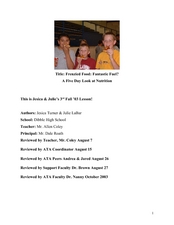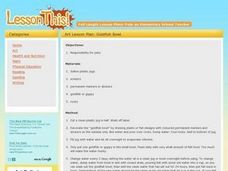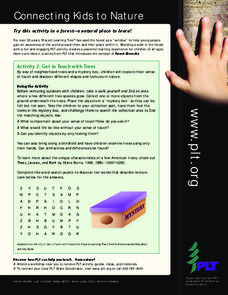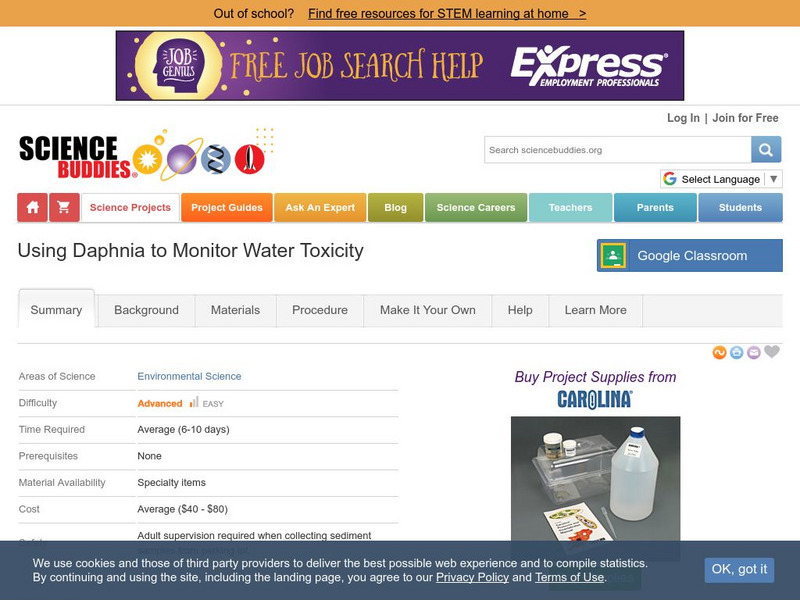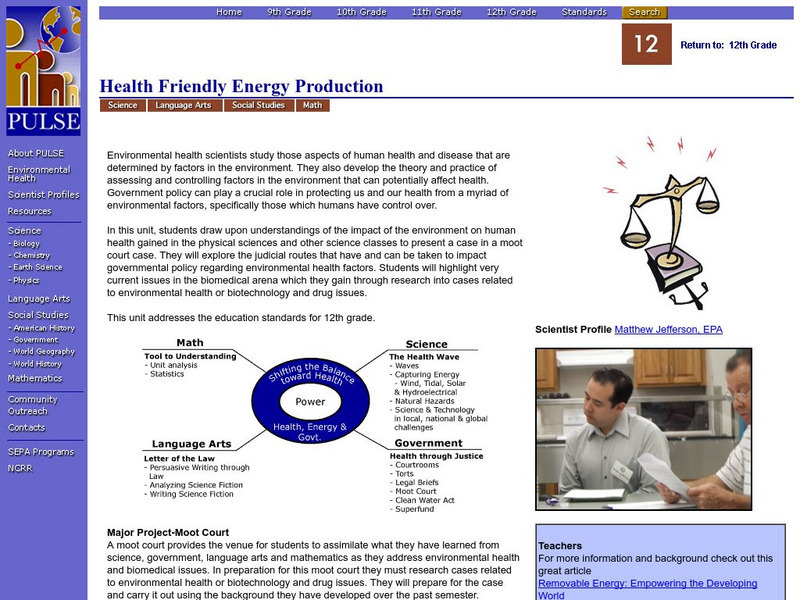National Institute of Environmental Health Sciences
A Student Exploration of the Impacts of Climate Change on Human Health in the United States
Let the data drive the science. Learners examine data provided in resources to discover connections between climate change and health of vulnerable populations. They study trends and present findings using their choice of projects.
Beyond Benign
The Green Zine
It's time for your class to advertise what they've learned! The culminating lesson in the 24-part series asks scholars to use their newfound chemistry knowledge to create advertisements. Their magazine advertisements describe the health...
Curated OER
A Bird's Eye View
Learners discuss and observe examples of air pollution in order to learn how pollution may affect their daily lives. In this environmental science lesson, students identify dust as a form of pollution and discover how many materials...
Curated OER
New York City Water Quality Assessment Project
Students investigate the chemistry of water and how its molecular structure supports life through its biochemcial, physical, and environmental roles. They investigate the quality of water as it interacts with the environment. Students...
Curated OER
Vote on Disposal Options for Hazardous Household Products
In this health instructional activity, students realize that hazardous household products present special disposal challenges. Students view 11 images on an overhead projector and vote (thumbs up, thumbs down) on whether the disposal...
Curated OER
Pollution is Not a Solution
Students explore the environment by completing science worksheets in class. In this water conservation lesson, students identify ways water is used in our society and how we abuse the privilege. Students discuss methods to reduce water...
Education Outside
Honey Tasting
Young scientists will be abuzz as they sample and compare the tasty treats produced by Apis Mellifera.
Curated OER
Frenzied Food: Fantastic Fuel?
Students infer the causes of obesity. In this health science lesson, students brainstorm ways improve to their diet. They write personalized journals with goals on how to live a healthy lifestyle.
Curated OER
Goldfish Bowl
Students discover proper pet care by creating a home for a fish. In this pet responsibility lesson, students create a goldfish bowl by cutting a plastic jug in half and decorating it with markers and stickers. Students are...
Curated OER
Orienteering
High schoolers acquaint with co-participants and identify the practice basic compass functions and orienteering procedures. They also work together to solve a small challenge. Students then identify how the challenge of orienteering...
Curated OER
One Kid Can Make A Difference
Learners make a pledge to make three positive choices for 30 days and track their progress. For this positive choices lesson plan, students discuss ways in which they can be healthier, protect the environment, be respectful, and more....
Kenan Fellows
Saving Those Who Save Us: Exploring the Use of Sensors with Data Visualization
Sensor technology is amazingly accurate and useful. Combining the sensor technology and mathematical knowledge, scholars design experiments to answer a question they have developed. Questions may focus on light sensing, temperature...
Curated OER
Get in Touch With Trees
In this five senses worksheet, students complete several activities that help them improve their sense of touch and learn about their environment.
Curated OER
Quit Smoking-Together We Can Do It!
Young scholars explore how tobacco threatens the health of smokers and non-smokers. They research smoking and second hand smoke using the Internet. Students create a Quit Smoking brochure. They present a computer slide show to describe...
Science Buddies
Science Buddies: Are There Dangerous Levels of Lead in Local Soil?
The element lead is a neurotoxin that is particularly dangerous to young children. Among other uses, lead compounds were common paint additives until being phased out for safer titanium-based additives beginning in the 1960's. Lead...
Science Buddies
Science Buddies: Using Daphnia to Monitor Water Toxicity
In a bioassay, a living organism serves as a detector for toxins-the same way canaries were used in coal mines to detect invisible toxic gases. In this project, water fleas (Daphnia magna), a freshwater crustacean, are used in a bioassay...
Science Buddies
Science Buddies: Heavy Metals and Aquatic Environments
You might know that lead can be toxic, and that you can get lead poisoning from eating or inhaling old paint dust. Lead is called a heavy metal, and there are other sources of heavy metals that can be toxic, too. Silver, copper, mercury,...
NOAA
Noaa: Environmental Restoration
Your questions answered about environmental restoration after chemical accidents. A large section is dedicated to oil spills and how they contaminate the earth. Great information.
University of Arizona
Pulse: Health Friendly Energy Production
A cross curricular project where students conduct a moot court to explore the role government policy plays in protecting our health. The focus of the unit is how our power effects our environmental health. Students use their knowledge of...



